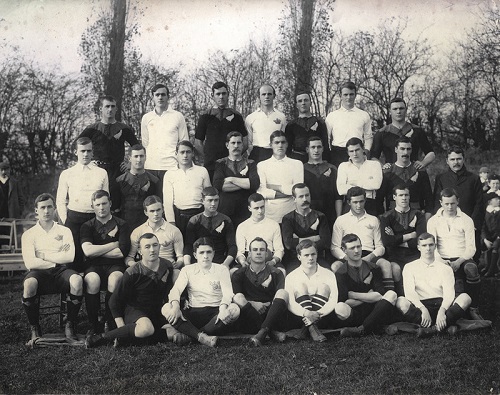Note that your final mark will not be saved in the system.
Commercialisation and Globalisation of Sport Typeit
Type the correct answers into the spaces. Fill all the spaces before clicking ‘Check Answers!’

The terms professional and amateur in sport originate from industrial times, when the views of competing in sport were disputed between the upper and working classes. Although the status of amateurs and professionals has changed significantly over that time, one key difference still exists - are paid to play, whereas are not paid to play.
In industrial times, there were many traditional differences. played for the love and enjoyment of the sport, whereas saw it as a way of being compensated for essential time lost that could have been spent working and earning. Amateurs believed that sport should be seen as separate from one's main vocation, whereas professionals believed that one could and should be able to make a living out of competing in sport. Therefore, amateurs typically belonged to the class, where they could afford to miss work to play sport, whereas professionals generally came from the classes, who could not afford to miss work for sport and, therefore, initially received underhand for participating. The disapproval of amateur performers towards this led to the exclusion of professionals from some amateur sports, such as the famous split of into two separate codes (league and union) in the late nineteenth century.
Throughout the twentieth century, there was an increased blurring between the status of amateur and professional performers as participation in sport was seen as classless. This is due to the increased norm for sports performers to be for competing, and they came from all backgrounds, removing the traditional ties with . The increased popularity of sport, and, therefore, attendances, at live events in the early twentieth century brought in more for clubs to be paying for the top players. The latter half of the twenty-first century also saw additional revenue streams coming in from sponsorship and deals, which have increased exponentially in both number and value in the twenty-first century with the globalisation and of modern-day sport. These factors have all contributed to the changing status of professionals and amateurs in sport, whereby amateurs in some sports are unable to compete at the levels of professionals.
However, there are some sports and events where both amateurs and professionals compete on the same stage. The Games is one such event, where amateur performers rely on deals and financial backing from national governing bodies in order to fund training and compete on the global stage.